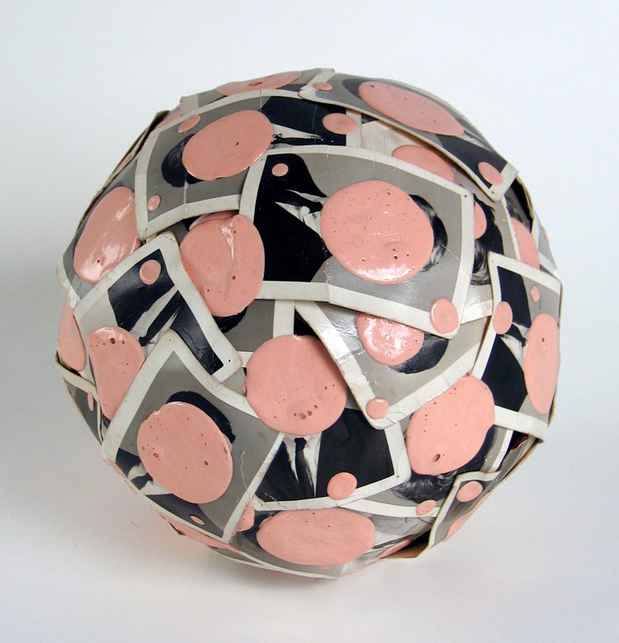"Anonymous" Exhibition
Kim Foster Gallery

This event has ended.
You need look no further than Da Vinci's "Mona Lisa" to find the allure of the anonymous subject, as it wasn't until 2005, that the sitter was finally identified. In more recent times, artists such as George Tooker, Manuel Neri and Barbara Kruger use the nameless to evoke a litany of concepts and emotions through the filter of mystery.
For this exhibition, we offer eight artists who continue that trend.
Richard Butler uses the setting of the confessional booth, which has its own built-in identity eradication, to build his narrative. Through the cutout woodwork we see a figure, with blouse removed, exposing her black brassiere as a cloud of smoke surrounds her head. One wonders how she defines sin.
Christian Faur painstakingly casts hundreds, even thousands of encaustic crayons to create his 'pointillist' portraits based on vintage photographs from the 1930's. By using the pointed ends of the variously colored crayons to make the features and color modulations in the faces and backgrounds, the works look from afar pixilated and contemporary. Close up, a matrix of colors emerge, as the identity, which is lost to begin with, is completely lost.
Sherry Karver begins with black and white digital images of crowded places, then randomly selects, colorizes and narrates certain persons and their stories with fictional accuracy. We all look and wonder about the people around us, the unfamiliar passersby who look distracted, determined, comfortable or lost, and we may wonder where they are going, and why.
Whitfield Lovell's subjects for his drawings come from old photograph's he finds in flea markets, and second hand or antique stores. Since it has been anywhere from 70 to 150 years since the photographs have been taken, the identity of the African Americans he depicts are long forgotten. By drawing them with such careful and accurate details, Lovell reignites their spirits to a point where we begin to ask questions.
Judith Page eradicates individual identity when she pours pink tar gel over pictures of people either from her past, or from various sources she mines like old books. Since the people are dressed-up, and posed for a portrait, some aspect of what they wish to project remains leaving the viewer with a general description of the person with respect to wealth and power - but no sense of individuality.
Antonio Petracca addresses generalizations common to stereotyping. Through his investigation and depictions he shows how generalizations based on ethnic and social preconceptions can minimize individual identity. At the same time, Petracca blends his content in a classic Modernist way, whereby everything fits together to form a higher plane of awareness.
Dulce Pinzón's subjects for her photography are Mexican, immigrant day laborers. Her process is to find the laborers we pass everyday on street corners, the lower blue-collar workers who blend into the background as they serve our needs, and give them recognition by dressing them up as superheroes. By doing something so overt as to ask these people to work in such recognizable costumes, Pinzón creates an awareness of the degrading aspects of their existence.
Alejandra Villasmil paints, draws and collages over vintage magazine covers. The personalities that don the covers, even if you could somehow recognize them, are lost forever as all or most of the individual features are hidden under the applied media. Villasmil is commenting as much on the way fame is manufactured, as it is fleeting.
Media
Schedule
from December 02, 2010 to December 24, 2010
Opening Reception on 2010-12-09 from 18:00 to 20:00